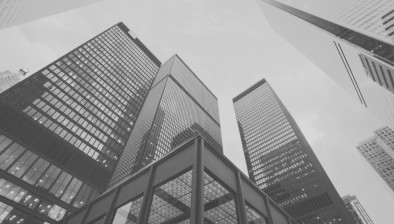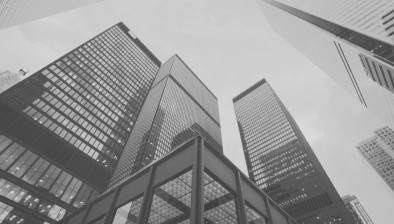UK consumer price inflation increased to 0.6% in December
Consumer price inflation rose slightly more than expected to 0.6% in December from a three-month low of 0.3% in November, according to the latest figures released by the Office for National Statistics (ONS).

However, December’s inflation was still not far above August’s 2020 low of 0.2%, which had been the lowest level since January 2016.
inflation was primarily lifted in December by clothing prices, which did not follow normal seasonal patterns in 2020 due to the impact of COVID-19. Upward pressure also came from transport costs and petrol prices as well as from recreation & culture prices.
However, inflation continues to be limited by the temporary VAT cut for the hospitality and leisure sectors. There was also a dampening impact in December from food prices.
At the same time, core inflation rose back up to 1.4% in December after dipping to 1.1% in November from 1.5% in October.
here was evidence of a modest pick-up in price pressures further down the supply chain in December although they were still relatively limited. Producer input prices edged up just 0.2% year-on-year in December after a fall of 0.3% in November as they rose 0.8% month-on-month. Meanwhile, the y/y fall in producer output prices narrowed to 0.4% in December from 0.6% in November as they rose 0.3%.
Economic forecaster the EY ITEM Club expects consumer price inflation to hover close to 0.5% during early-2021 before starting to trend up gradually from Q2. Price conscious consumers, excess capacity, limited earnings and curtailed economic activity are likely to limit inflation in the near term at least.
Howard Archer, chief economic advisor to the EY ITEM Club, said: “The economy looks headed for clear contraction around 3-4% q/q in the first quarter amid lockdown, having likely essentially stagnated in the fourth quarter of last year. This will increase the excess spare capacity in the economy.
“Meanwhile, unemployment looks likely to continue to rise over the coming months, despite the extension of the furlough scheme to April. Along with limited earnings, this will constrain consumer spending. Limited earnings will also have a dampening impact on inflation.
“The EY ITEM Club expects inflation to start rising from the second quarter of 2021 as the temporary VAT cut for the hospitality and leisure sectors ends at the end of March. Unfavourable base effects resulting from the fall in oil prices in the early months of 2020 will also have an upward effect on inflation in the early months of 2021, while an expected progressive firming of the recovery from Q2 2020 will also likely have some upward impact. Despite these factors, inflation is unlikely to rise quickly and it may be just above 2.0% by the end of 2021.
“There was evidence of a modest pick-up in price pressures further down the supply chain in December although they were still pretty limited: producer input prices edged up just 0.2% year-on-year in December after a drop of 0.3% in November as they rose 0.8% month-on-month. Meanwhile, the year-on-year drop in producer output prices narrowed to 0.4% in December from 0.6% in November as they rose 0.3% month-on-month.”
Kevin Brown, savings specialist at Scottish Friendly, commented: “Inflation reached a near all-time low in November as consumer spending was restricted as a result of a new national lockdown. The easing of restrictions in December coupled with Christmas has led to a spike in spending and pushed inflation back up to 0.6%.
“Many families still face financial difficulties but overall there is a huge pent-up spending demand in the UK. Household expenditure has been capped for nearly 12 months because of on and off restrictions, so with a vaccine now being rolled out families whose income has remained stable could soon have the opportunity to firmly loosen the purse strings.
“It’s unlikely that greater freedoms will lead to a sharp spike in inflation but it is expected to rise steadily over the course of 2021. With cash saving rates so low households will be weighing up the pros and cons of holding on to their money versus making the most of any extra savings they have built up.”
He added: “There are above inflation returns available to savers who are able to save regularly, although the rate of interest may drop once you’ve deposited a certain amount. Generally, there are very few opportunities to protect your cash from inflation unless you consider investing some of your money through a stocks and shares ISA for example.
“Younger savers who are working from home and spending less may want to consider using this opportunity to invest a small chunk of their earnings into a stocks and shares ISA either as a one-off payment or on a more regular basis.”









